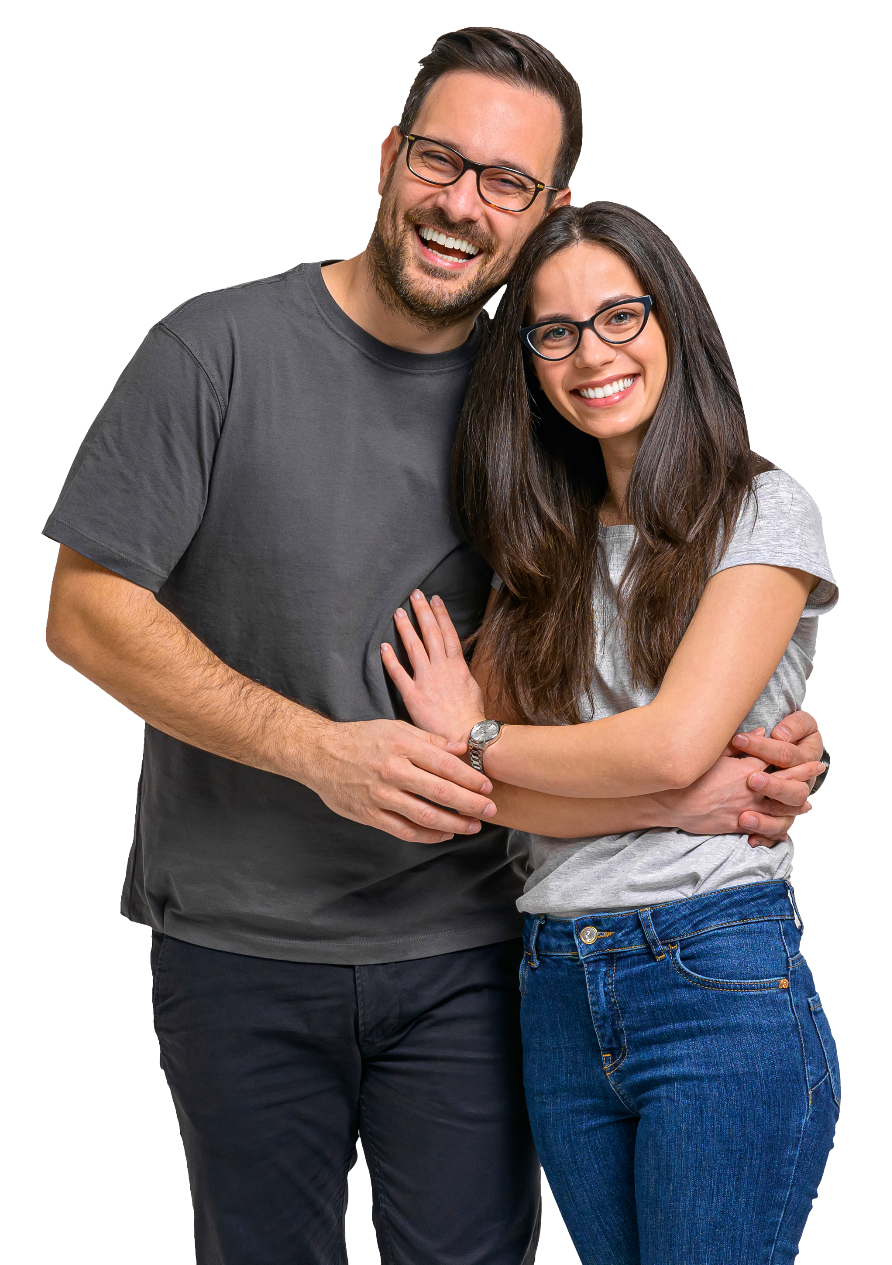.png)
How binocular vision affects athletic performance
"Athletes rely on binocular vision much more than they may realize." Amanda Nanasy, OD
Accurate motor responses require not only clear vision but also depth perception, anticipatory timing and spatial localization, all of which depend on the eyes working together.
A tennis player, for example, must be able to track a ball moving at a high rate of speed, anticipating its arrival while making split-second decisions about where, when and how to move. They need peripheral and spatial awareness in order to know whether or not to go for the ball, and this requires accurate and efficient binocular vision. In tennis, and in many sports, binocular vision is an essential cue for spatial orientation and a key predictor of performance (Laby et al, Zwierko et al).
Diagnosing, treating athletes with BVDs
Athletes with binocular vision dysfunction (BVD) are often referred to my practice by athletic trainers or coaches, whereas parents typically bring in our younger athlete patients. Some report headache, eye strain or fatigue, but many do not realize that they have a vision problem until it emerges during the exam. For example, a young baseball player came in recently, and our testing showed that he had BVD. When I asked, his father confirmed that the boy tended to swing over the ball, which I could visualize when I looked at the data from our tests.
Until recently, there was no reliable technology to provide easy-to-read, objective and accurate data on eye misalignment. But a few years ago, I purchased the Neurolens Measurement Device, Gen 2 (NMD2) for our practice because I wanted to be able to prescribe contoured prism lenses for patients with BVD. Now, I use the NMD2 to test most of my patients because the data it provides are far more accurate than anything I could obtain without it.
The NMD2 provides readings on any phoria — when, for example, a patient’s distance vision is clear and comfortable, yet a significant discrepancy between distance and near suggests that they may have near vision problems. In addition to phoria measurements, I look at patients’ eye posture and accommodative convergence/accommodation ratio. All of these measurements inform my prescriptive decisions, even for contacts.
As a practice, sports vision requires thinking beyond visual acuity, and the data the NMD2 provides is invaluable. For example, it shows vertical phorias, in which one eye tracks slightly above the other, but the patient does not necessarily experience diplopia. I have such a case in a wide receiver who, when turning over one shoulder, is potentially putting his head in a suboptimal position for his natural eye posture. Would he be better off on the other side of the field? Or might he do exercises to make sure that he can turn his eyes and avoid tilting his head when looking over his shoulder?
In another example, if a basketball player’s exophoria worsens when she looks up, I might ask her if she has noticed that her free throws are better when she tilts her head toward the basket. She may simply need to change posture. Such examples highlight the importance of diagnostic technology that can help me easily arrive at answers to these questions and help my patients perform at their best.
Near, distance vision are linked
We usually think about athletes’ vision in terms of their work on the field, forgetting that they may study plays on a tablet, and that most will have near tasks for school, work or recreation as well. Student athletes and weekend warriors risk overworking their visual system with extended near work if they aren’t wearing their best correction. This can lead to visual fatigue or depletion of reserves that could affect them later on the field.
I prescribe contoured prism lenses for many athletes for near work, to preserve their vision for performance on the field. I learned this while working with my concussion patients, 80% of whom are student athletes. They cannot return to play until they can first return to learn, which requires a normal class schedule without headaches or fatigue caused by poor tracking and binocular dysfunction.
When we improve their binocularity, suddenly their distance symptoms related to motion sickness or dizziness diminish or disappear. The key is that the visual system requires “energy,” which I explain they only have so much to burn. We give them help where it’s needed so they can have an advantage later on the field.
Many of our athletes wear contact lenses while training or playing; on the way to the game, or whenever they are doing near work, I encourage them to wear their contoured prism plano lenses to relax their system.
Communicating with patient athletes
The NMD2 makes it easier to explain vision problems to patients because I can show them objective data in an easy-to-understand format. Simply telling a patient that contoured prism lenses will give them better eye alignment will not connect the dots for them. As doctors, we must translate the significance of our findings for our patients. For athletes, that means walking them through not only why they need visual correction but how they will reap the benefits these provide both on and off the field.
There are many athletes who feel they are not performing at their full potential. Sometimes, the missing component is efficient and accurate binocular vision. As optometrists, we have an opportunity to help maximize our patients’ potential by reducing or eliminating the effects of vision deficits. Most athletes are looking for ways to improve their performance on the field. It’s an incredible feeling knowing that we can provide them tools to help accomplish peak visual performance.
References:
- Laby DM, et al. Optom Vis Sci. 2021;doi:10.1097/OPX.0000000000001729.
- Zwierko T, et al. J Hum Kinet. 2015;doi:10.1515/hukin-2015-0131.
For more information:
Amanda Nanasy, OD, specializes in sports performance vision enhancement and vision rehabilitation after a concussion. She is currently a team doctor for Inter Miami CF, Miami Dolphins and Miami HEAT Check Gaming, as well as several other collegiate and high school teams. She is a past chair of American Optometric Association’s Sports and Performance Vision Board and a Sports Vision Pros partner.

Amanda Nanasy, O.D.
Dr. Nanasy received her Doctor of Optometry with Professional Honors in May 2010 from Nova Southeastern University (NSU). Since 2009, she has been involved as the primary investigator in a research project with the NSU baseball team titled “Can Vision Training Improve Baseball Players’ Dynamic Visual Acuity and Batting Average.” So far, her work has revealed that training players to focus, relax and converge their eyes has led to more confidence in both tracking the ball and stepping up to the plate.


.png)
.png)
.png)

